
|   |

|   |
 e-mail: leelakaverivenkat@gmail.com Measuring the SPIC MACAY experience Photos: Anish Mishra June 21, 2018 How does one measure what Spic Macay has achieved by way of actually opening up young minds to the richness of India's art disciplines? Over the years having watched how youngsters respond to the annual International convention (the sixth this year) gives some idea into how successful or otherwise the efforts of this movement have been. This year's Convention venue at the IIT Kharagpur (June 3 - 9) was special in more senses than one. If the keen interest taken by the Director and his staff in this entire effort was unusual, it was also because of the very significant past connections when the father of Dr. Kiran Seth, the founder of this movement, taught at Kharagpur with little Kiran roaming and playing on the historic grounds of this institution located at the Hijli Detention Camp where those taking part in the non-cooperation movement against the British Raj had been detained - because no prison could accommodate them, with two unarmed detainees also being shot by the British police in 1931. Closed down in 1937 but reopened in 1940, it was in 1942 that the camp was closed down for good, with the IIT township established in 1951 over its 2100 acres. Organised with an undreamed of efficiency, the entire week's events were like a fairy tale. Apart from the main performances with over 300 artists giving off their best, for me the real involvement lay in the other events built round these main performances, through workshops, intensives, and the packed schedule with youngsters being woken up in the wee hours of 3.30pm every day. Yoga alone was represented through seven different forms. And it was interesting to see how this discipline has caught on with more and more people beginning to realise its advantages in terms of a total well being for the practitioner. Taking an early morning walk round the lake site, one took in the soothing sounds clearly carried in the air of Wasifuddin Dagar's intensives with the meditative naad exercises recited by the youngsters. While going through the three floors of the building where the intensives were being held, walking into each of these for a few minutes resulted in a varied experience. Walking into Swami Satyananda Saraswati's Hatha Yoga class, one heard snippets of information on this Bihar School of Yoga founded in 1964 by this disciple of Sivananda Saraswati with Ganga Darshan Yogashram set up on a hill overlooking the Ganges at Munger. His sookshma vyaayaam, a systematic progressive system teaching Pranayaam and shat Karanas to cleanse physically as well as mentally with the Nyasa helping the process of Yoga Nidra - releasing the mind of subconscious and conscious tensions. This Yoga of waking up at 4am maintaining complete silence at all meal times and selfless service had acquired many followers among foreigners and Indians. Walking into the Sattriya intensive being conducted by Guru Ghanakanta Bora and his prime disciple Anwesha Mahanta, one was struck by some of the students from Pakistan and Bangladesh who had chosen this group. The physicality of the mati Akhara exercises which form the basis for preparing the student for the movement technique, and the sloka in praise of Krishna and Sankardev, the founder of this tradition, was being repeated with no qualms and one admired the spirit of wanting to test the bodies with a technique many were strangers to, and the spirit of oneness in which they cooperated with the rest of the students. Jayateerth Mevundi's Hindustani vocal intensive had quite a few students, and singing Kaise Manaloore...in raga Ahir Bhairav, one was pleasantly surprised at how individual attention was the rule, with each of the participants singing and corrected if need be. Most of the music intensives had participants who were music learners albeit of varying levels of proficiency. As my companion and I entered the Fado intensive, with very little knowledge of what to expect, one saw Sonia Shirsat conducting the intensive, giving the students who had joined this group some inkling of what this art form was. A hangover from the days when Goa was under Portuguese control, with no documentary evidence, this urban folk music as it is called, Fado is regarded as a semi classical form of music with no percussion. Believed to have been sung by Maria Savera in 1820s (she died in 1826 of T.B), exactly hundred years later one Amalia is said to have sung this music before audiences with gestures. Maria sang expressing her heartbreak of not being able to meet the Count she loved, and there is a quality of sorrow in the music. Sonia, an intellectual law professor, talked about the old days when her grandmother had written down stray words of songs heard sung in Portuguese, in her own mother tongue of Konkani. Many who sang this in Goa sang these Portuguese songs without knowing what they meant. The songs are believed to have been a part of the Portuguese fight against slavery too, when a black was being whipped by the white boss whose baby was being breast fed by the black mother. Sonia sings in 14 languages and with Carlos on guitar accompanying her, she has released four albums of this Goan music apart from being conferred Goa's highest youth award and also the SNA Bismillah Khan Award. She is now as a professional singer for over a decade been recognised as the ambassador of Indian Goan music in the world. She was trying to talk about the breathing technique required though she said that one could sing with no training if one had the talent. When we heard her clear throated singing, the voice quality, the clarity of diction and the emotive throb in the music, my colleague and I were enthralled. Here was a natural! Slide show 6th Spic Macay International Convention June 3 - 9, 2018 at IIT Kharagpur Photos: Anish Mishra 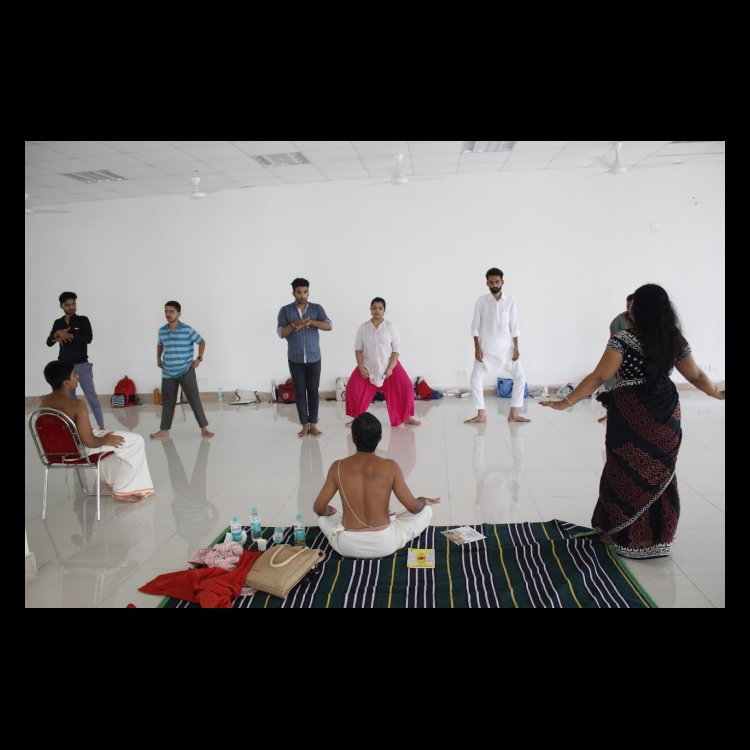
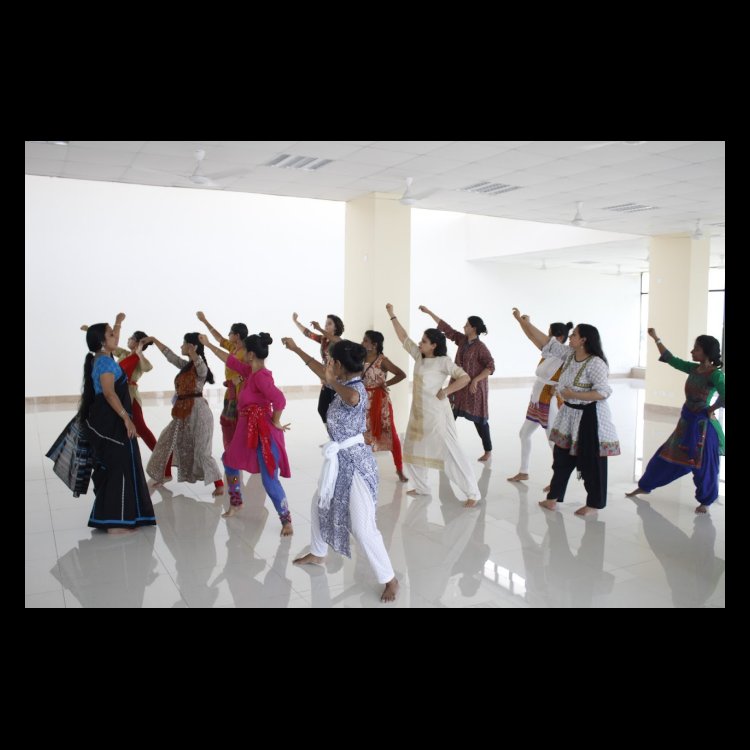
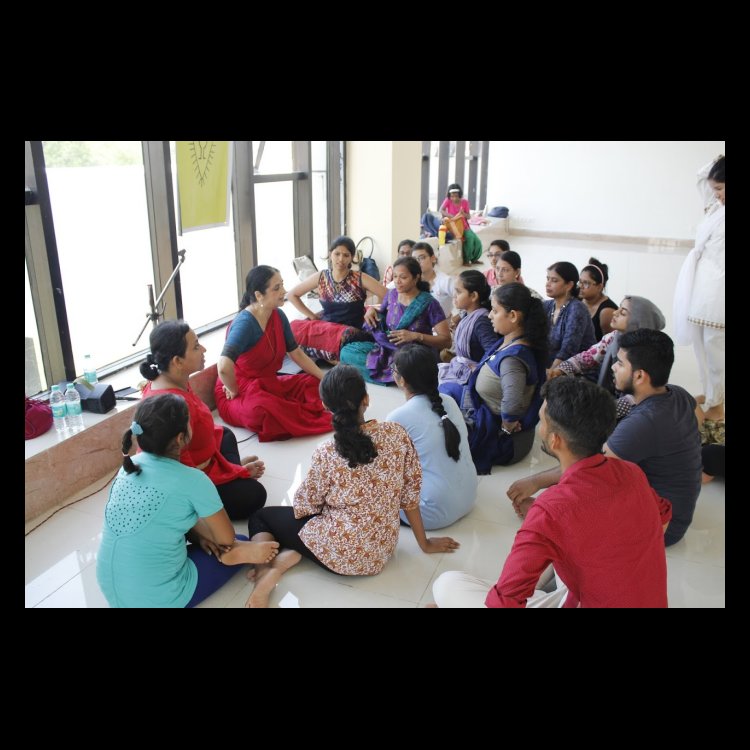
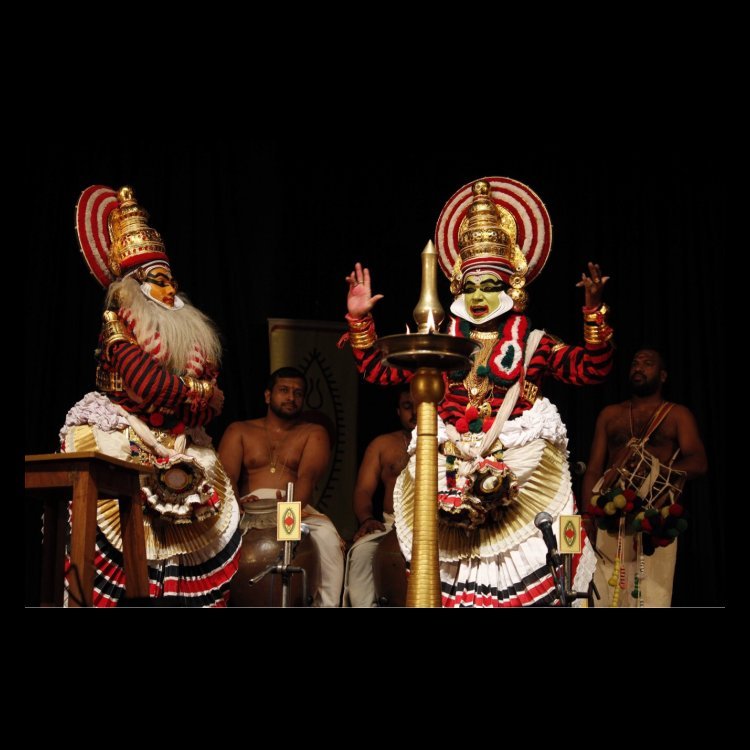

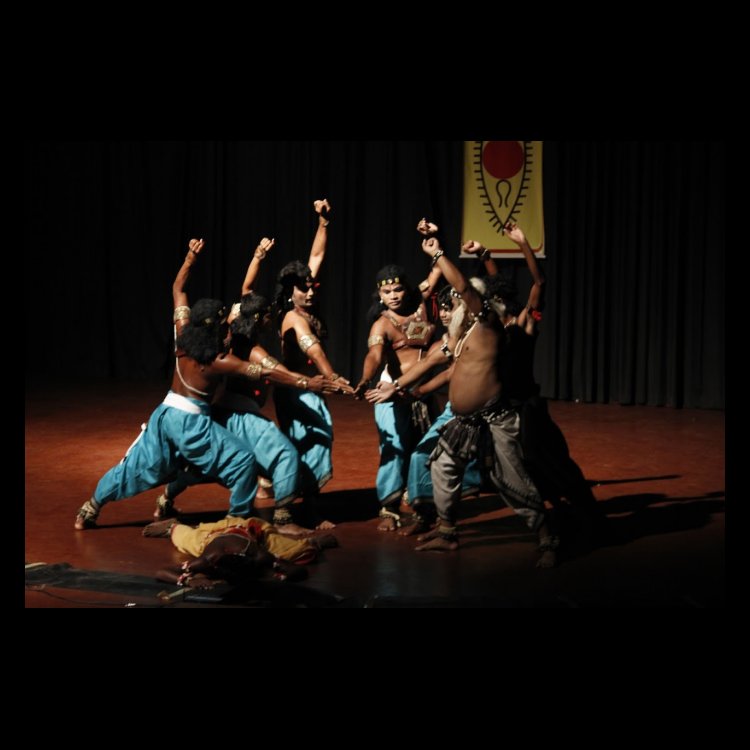
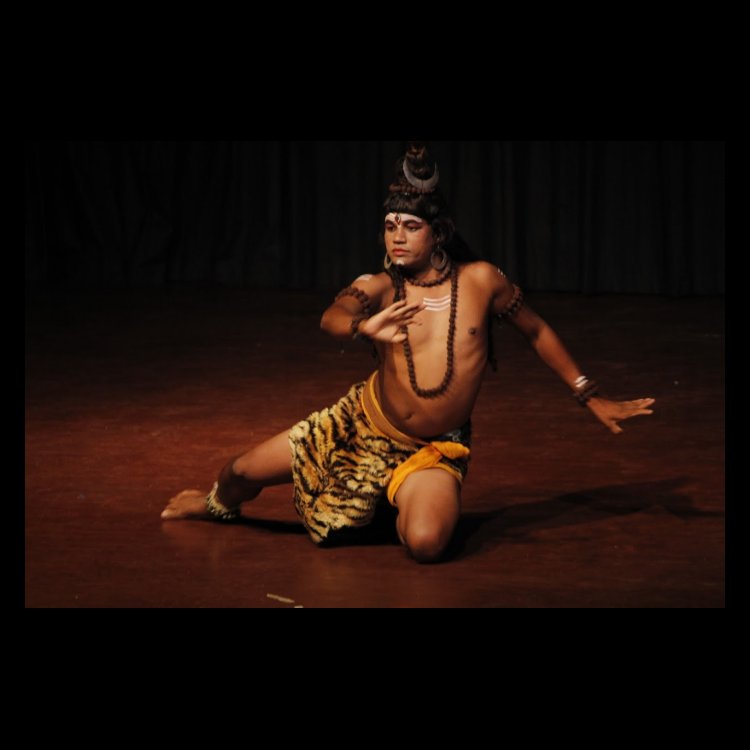
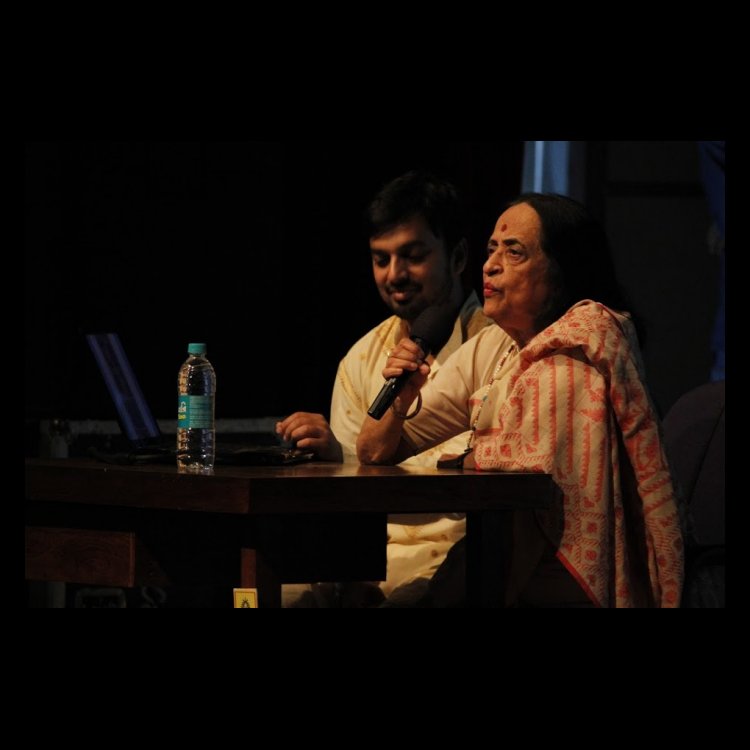
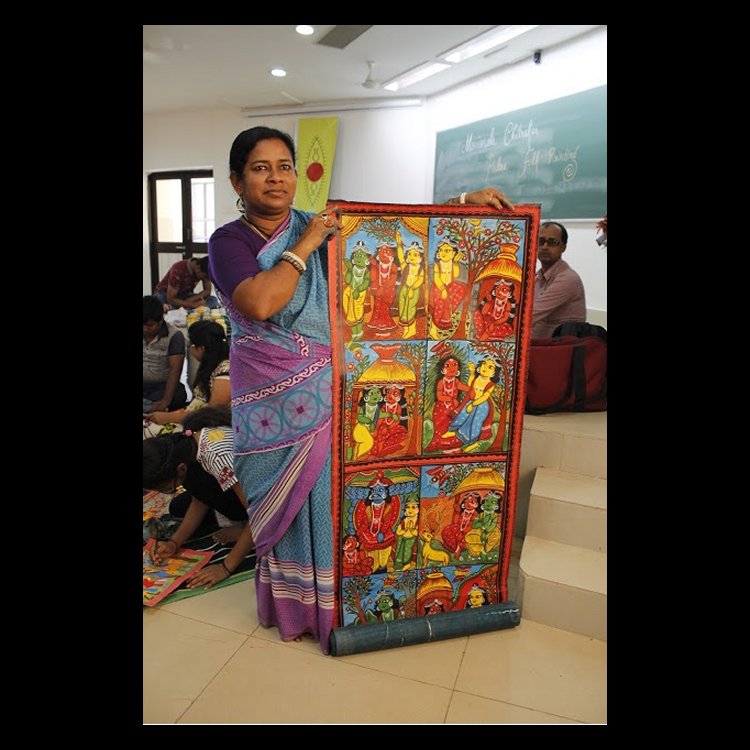

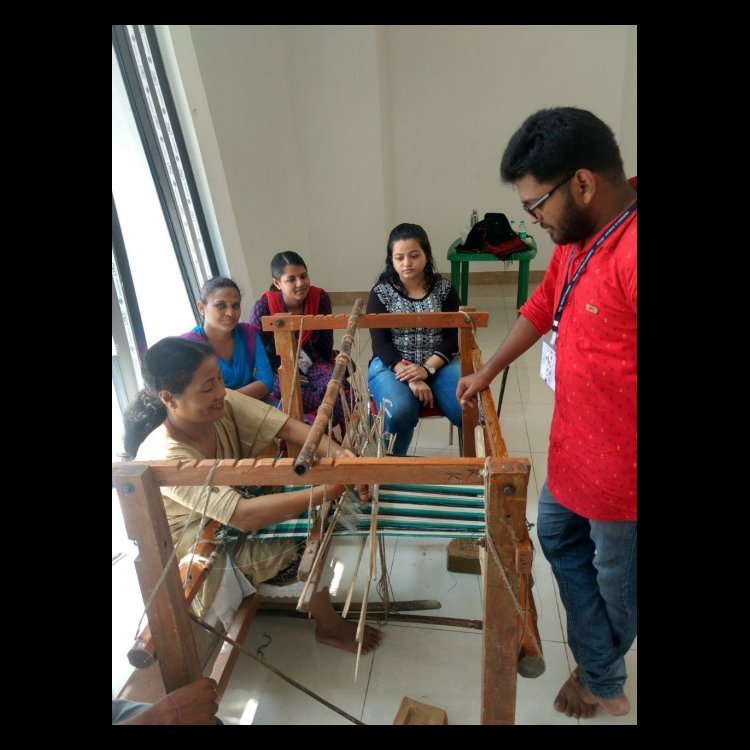
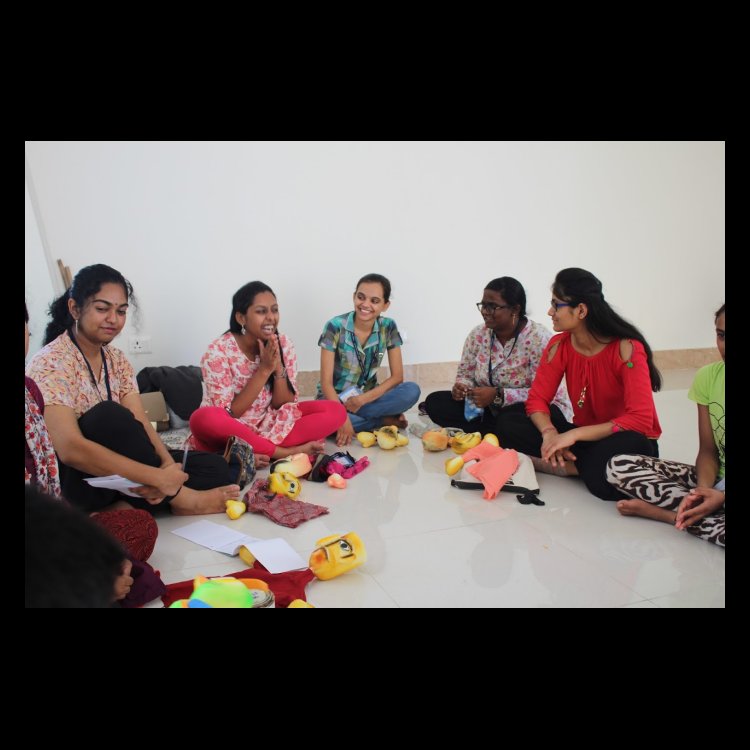
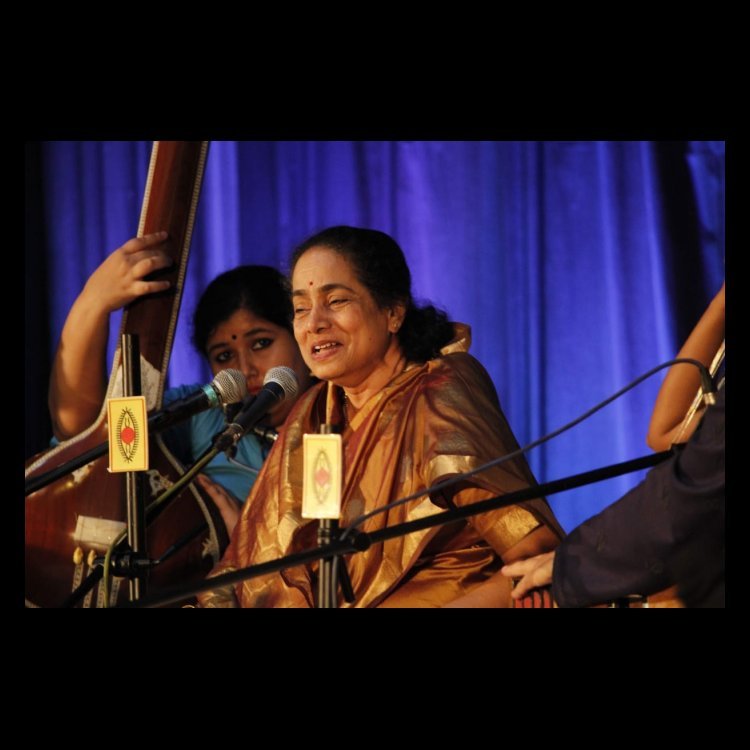
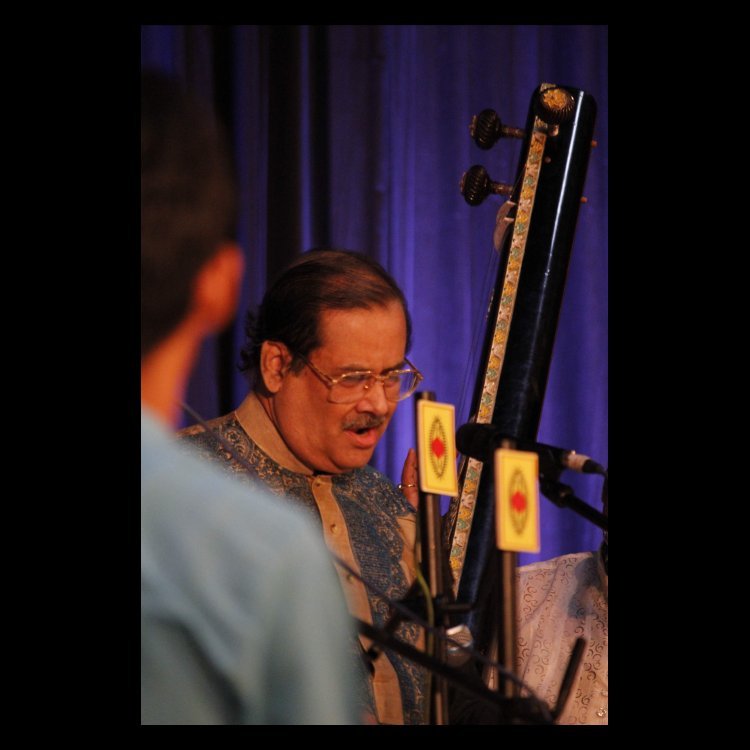
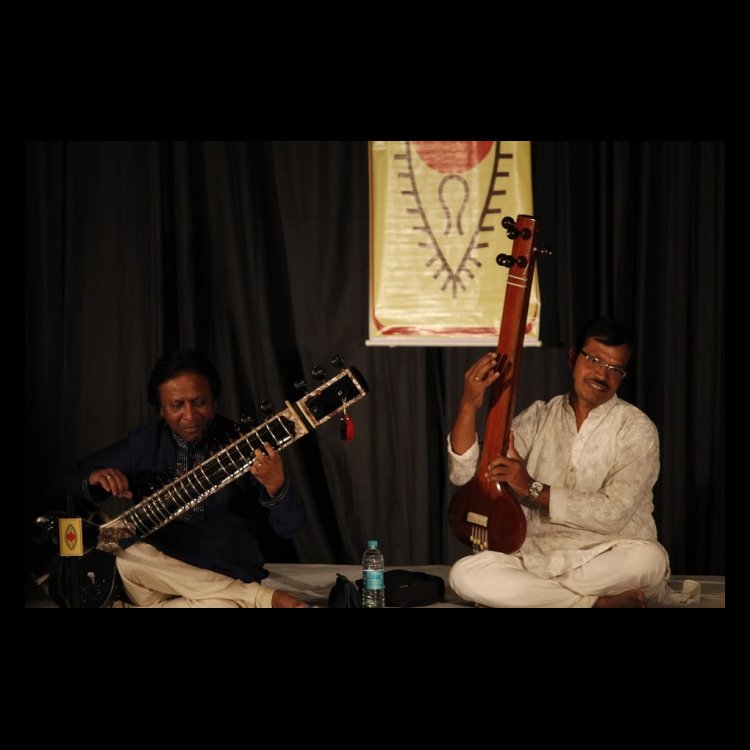
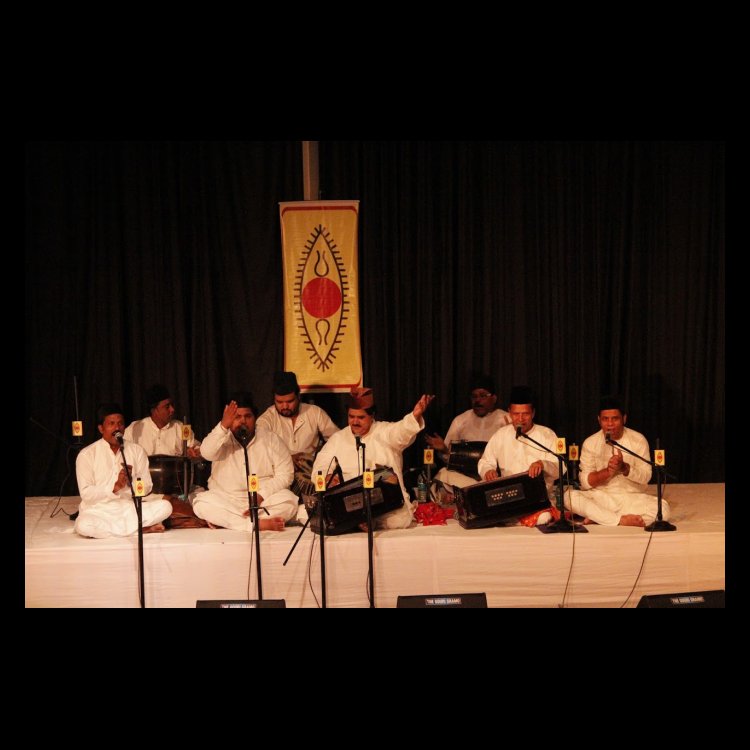
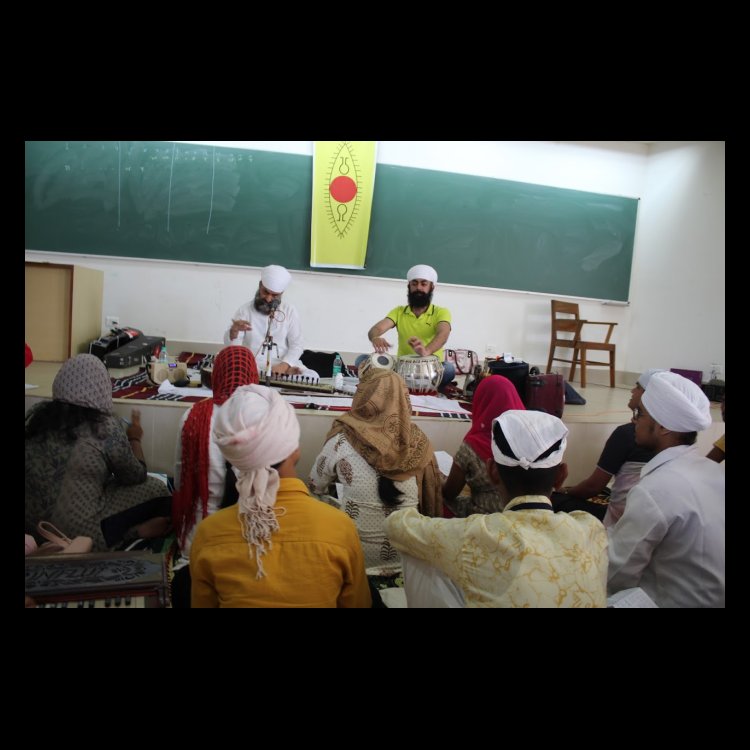
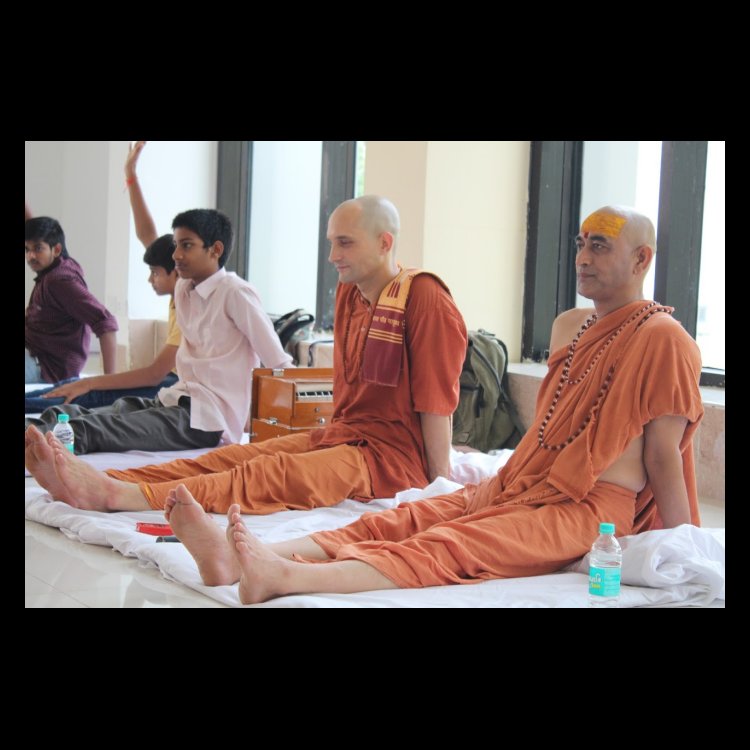
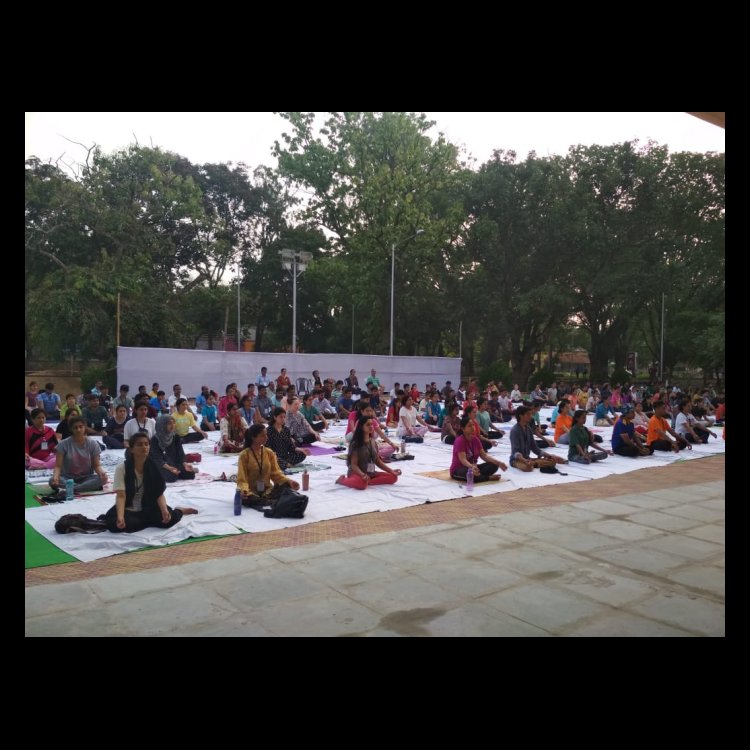
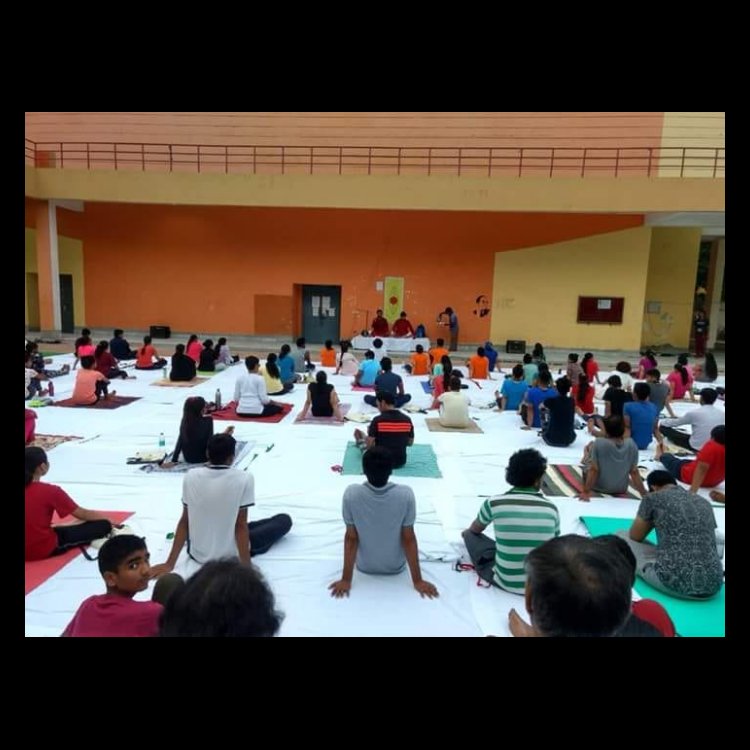
Spending some time in the Mohiniattam intensive of Neena Prasad, and Uma Sathyanarayanan's Bharatanatyam class, it was heartening to watch how absolute greenhorns were being taught in a manner that some kind of a presentation could be made at the end of less than a week. In the Kathak intensive, Malavika Mitra, a disciple of Gurus Ramgopal Mishra of Jaipur gharana and Om Prakash Maharaj of Lucknow gharana, was communicating with students from neighbouring countries too and her incisive teaching had bandishes and tukras written on the black board for memorising and for students to fully understand how the arithmetic of mnemonics worked in the composition. "Even if it is a fraction of what they need to learn, I want them to understand it in depth." In that huge building seeing a whole array of footwear arranged outside a room, provided our clue for an intensive being held inside. My colleague Manjari Sinha and I entered to find that this was the Kuchipudi intensive being conducted by Vasanthalakshmi Narasimhachari. She had no need to be as apologetic as she was about the absolute beginners who had joined her intensive - for what they showed even before the final day, was nothing short of a miracle. Realising that Kuchipudi theatre was the best way of involving the whole group, she took recourse to Ramayana Sabdam and a mini Ramayana ballet was taught, built round one sure footed dancer who was a student of Mithun Shyam of Bengaluru, in the role of Rama. With the recorded music in a ragamalika and her daughter to support her efforts, what she achieved was quite beyond one's expectations. While Kalamandalam Amaljith taught a stree vesham role of Mohini to the aspirants in his class, in a room nearby Margi Madhu Chakyar, his wife and his young son Nepathya Srihari Chakyar were seen guiding the students in their Koodiyattam intensive. It was interesting to see foreigners trying their skill with this very difficult form, which as a remnant of the old Sanskrit drama, is in every way different from what other art forms are. When asked what prompted their selection they said that the strong physicality attracted them to the form. Hands held in a mudra, tongue hanging out, with a screwed up fierce face portraying the lion, or repeating words like "Ingilopanda Soorya vamsham undayi..." the participants were doing the best they could. Students from Bangladesh and Pakistan seemed taken up with Odissi and Sharmila Biswas' intensive had more than three dozen students. One of the final day presentations I was able to witness (simultaneously intensive groups were being presented in five places and one could be present only at one place), had made me wonder as to how so many dancers would be accommodated in the small performance space. I should have realised that Sharmila would have worked out a way making them form angled lines facing different directions. She began with the Angikam Bhuvanam slokam and then came the hastas. Entering in groups of two or three, hastas were shown and then came the viniyog or usage had one group after another entering, demonstrating a hasta used to suggest a variety of ideas. Then came the postures, the main concerns of chauka, tribhangi and bhramari and finally all used to form a simple Amaramandala turange - with some dancing to the mnemonics "ta, thai tha kitataka tahamta hatta.' Sharmila's interaction with the students showed their utter surprise that after being woken up at 3.30am every day, they still managed to participate in the workshop with all their enthusiasm undiminished and without being fagged out, due to lack of sleep! She asked all of them to give their responses to what they had experienced during the week. "This is only for a week. Then you return to your routines. Will this just be an interlude forgotten after a while?" Sharmila asked. The answer surprised her: "No, there will be a difference in us. We cannot explain it but it will be there." Sharmila in her informal workaday getup performed to some taped music. She showed Shoorpanakha as abhisarika, beautiful, her eyes like darts of Cupid and as she spied Rama and Lakshmana, her ankle bells sounded like urgent drums driving away others. Based on the Odia poetry of Upendra Bhanja with the music playing "Baharu taru antaru" she managed a riveting abhinaya session. Exchanges with the senior artistes conducting these intensives sometimes yielded rare bits of information. For instance in the Dhrupad intensive conducted by Ashoka Nandy, the first female Dhrupadia from India, who in a conversation with the critic Manjari Sinha, said that while Hori is associated with Dhamar, categorisation can be a tricky issue and she referred to Deepchandi and that Haveli Sangeet could also be called Dhrupad. Then she began to talk of her days of learning under the maestro Ustad Nasir Aminuddin Dagar. After she had been left under his care, the guru asked her mother to fetch a cane on her next trip and leave it with him. Ashoka was forbidden from even running her hands over the cane which had been in contact with the mother she missed very badly. "No spare the rod and spoil the child in our days. We all went through the grind and learned in a hard school. Today's world has changed," she remarked. But through all that, the reverence for the Guru never lessened. "Even Ustad Amir Khan Saheb, when he came to visit my guru would kneel on the floor at the foot of the bed. That is the kind of respect people had for his greatness" The list of legendary performers was as usual very long. But there were some rare concerts like Vikku Vinayakram on the ghatam whose performance along with his son Selvaganesh (konakkaol) and grandson Swaminathan (kanjira) and A. Ganesan (morsing) made the tala vadya concert most lively, Selvaganesh's ability to lucidly explain the arithmetic of tala even in a fractional 7 1/2 beat cycle so as to make it understandable for the less informed also, and the way it was demonstrated through examples that every activity has a rhythm with the accented and unaccented parts and tonal changes. The moving train sounds provided excellent changing patterns of rhythm. Then there was the lecture on Jugad by the painter Anjoli Ela Menon who showed how borders and bits of sarees, bits of embroidery like kantha, bits of calendar paintings, and leftovers of a lot of things could be morphed and assembled to make rare art. When she stuck an old window frame which badly needed polish on to a painting of hers, it had an effect that was so unusual and extraordinary that a whole new movement in art was born - without her realising it. She even had an exhibition in New York under the title 'Mutations'. With visuals of her own works, where the new and the old came together in the most unusual ways, her lecture was informative and interesting. Then there was the old Ben Kingsley film Gandhi which at the end made one wonder like Albert Einstein did, that a man like this had actually walked the earth. The craft intensives had so much variety with Kalighat Patua folk painting, Miniature Kangra painting, Cheriyal scroll painting, Gond tribal painting, Phad painting, Pattachitra folk painting, Sholapith, Clay Pottery, Sanjhi paper cutting, Bandhej Barik Bundi, weaving all under master craftsmen. But the image that I will carry is of children from age ten and above watching in pin-drop silence, a Koodiyattam performance of Karnabharam by Margi Madhu Chakyar and his son Nepathya Srihari Chakyar, or listening to the twelve hour all night concert with Pt. Ulhas Kashalkar, Vidushi Shruti Sadolikar, Pt.Ajoy Chakraborty, Ustad Wasifuddin Dagar and on other evenings, taking in recitals by N. Rajam, Ustad Shahid Parvez, Vidwan Ravi Kiran, Vidwan T.V. Sankaranarayanan, Vidushi Ashwini Bhide, Begum Parveen Sultana, Pt. Vishwa Mohan Bhatt - all with deep interest and attention. When one sees a ten year old sit up all night to listen to every concert in wide- eyed wonder, I am not willing to doubt that Spic Macay has been making inroads somewhere.  Writing on the dance scene for the last forty years, Leela Venkataraman's incisive comments on performances of all dance forms, participation in dance discussions both in India and abroad, and as a regular contributor to Hindu Friday Review, journals like Sruti and Nartanam, makes her voice respected for its balanced critiquing. She is the author of several books like Indian Classical dance: Tradition in Transition, Classical Dance in India and Indian Classical dance: The Renaissance and Beyond. Post your comments Please provide your name and email id when you use the Anonymous profile in the blog to post a comment. All appropriate comments posted with name & email id in the blog will also be featured in the site. |